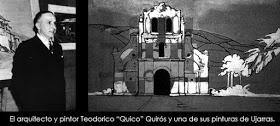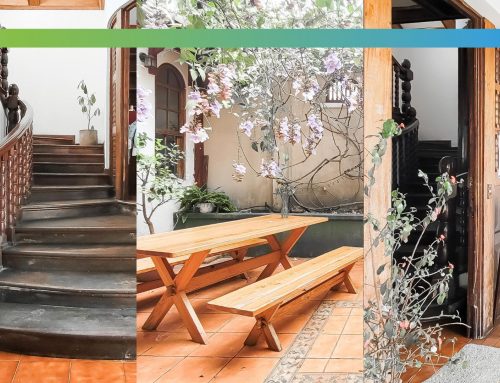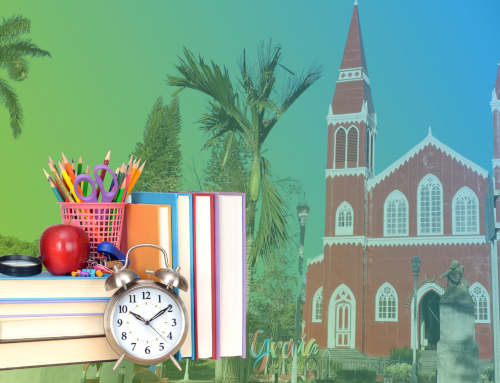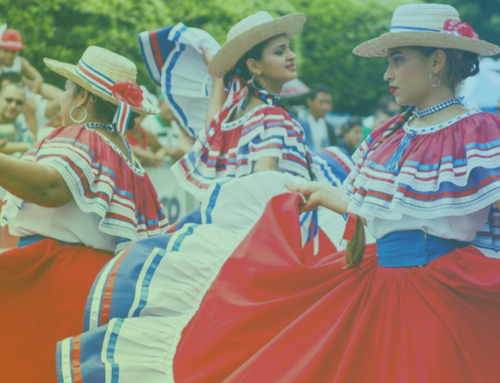Most of Costa Rican architecture is influenced by currents of foreign architectural design. The church of San Rafael de Arcángel in the district of San Rafael de Escazú is not immune to this influence. With the exception that this movement is the closest to our Creole roots at this time.
History of the Church of San Rafael de Arcángel
The district of San Rafael de Escazú was the third officially declared district in the history of Escazú. This happened around 1920. This event was unleashed since in 1907 Santa Ana separated and declared a different canton.
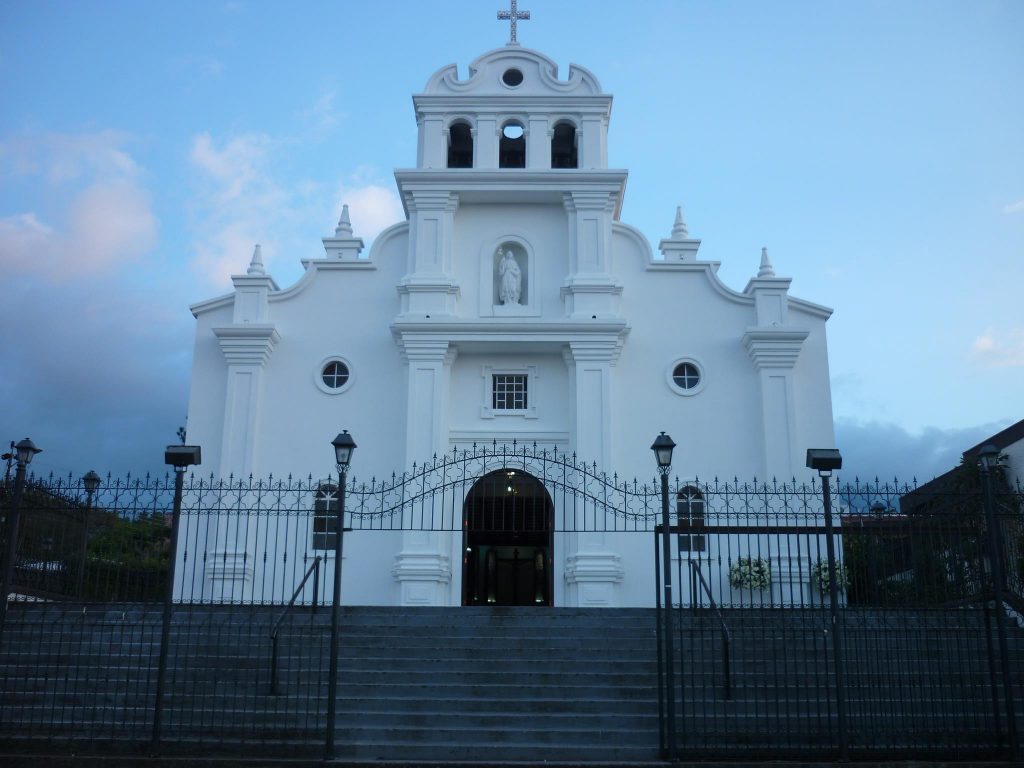
It was not until two decades later that at that time a small town decided to build its own church: the Church of San Rafael de Arcángel. It was by donation of Doña Josefa Saborío de Flores who donated the land to build that this structure was erected. For that year that dates back to 1943 the church was just a humble palm roof supported by wooden pillars.
The process of building the walls and developing the church was initially led by Don Narciso Montero, a resident of the district. In the next seven years most of the ‘body’ of the church had been finished. In 1950 the design and construction of the church’s facade was commissioned to the famous Costa Rican architect Teodorico “Quico” Quirós Alvarado (1897-1977). Who is responsible for the design and beauty of the Church that we know today.
Quico Quirós Alvarado
Born on August 31, 1897, this Costa Rican painter and architect is remembered with great esteem in our history. He is even considered one of the best Costa Rican painters with a deep and vast love for our homeland. “Don Quico” began his studies at the National School of Plastic Arts under the tutelage of the Spanish painter Tomás Provedano, said he was also the founder of this school. In the 20’s he went to study architecture in Boston at the Massachusetts Institute of Technology. When he returned he became the artist who began one of the heyday of Costa Rican art. This was through the Organizing Committee of Plastic Arts Exhibitions of the National Theater.
One of the movements that Don Quico Quirós promoted the most was the “Spanish-American neocolonial.” This was a current born in response to the nationalist movement of the 20th century in Hispanic America. Its foundation was the revitalization of Spanish-American culture. And this is strongly reflected in the art of the architect Teodorico Quirós, since in most of his paintings you can see a Costa Rican Creole landscape of “house, trees and mountain” as he described it. This is reflected in the Church of San Rafael de Arcángel because although it has a bit of external influence, in its core of simplicity the Costa Rican architecture is reflected.
“”My favorite subjects to paint were always trees, houses and mountains.””
-Teodorico Quirós Alvarado, costarican architect and painter (1897-1977).


